Your 2200 Calorie Meal Plan Just Got a Major Science Upgrade (And It’s Changing Everything)

Look, I’ll be honest – I used to think calories were just calories. Then I started paying attention to how my body actually felt on different eating plans, and wow, was I wrong. When I saw how professional bodybuilder Sadik Hadzovic approached his competition prep with 2200 calories, it clicked for me.
This isn’t just about hitting some random number – 2200 calories is like finding that sweet spot where your body finally stops fighting you and starts working with you.
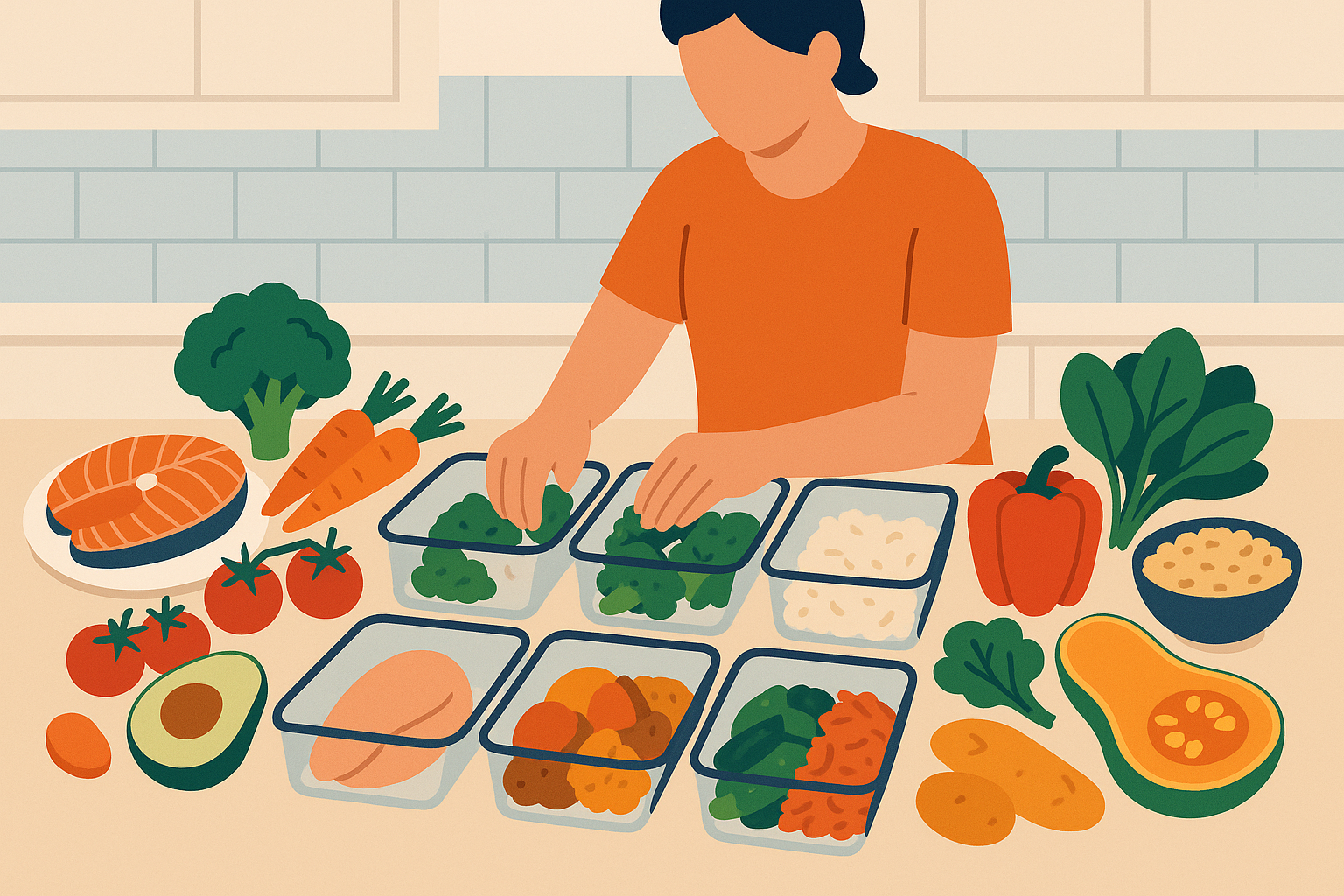
Table of Contents
- Why Those Extra 200 Calories Actually Matter (It’s Not What You Think)
- Eating When Your Body Actually Wants Food
- Simple Tricks to Get More From Your Food
- Why Your Hunger Feels Out of Control (And How to Fix It)
- Your Gut Bacteria Are Pickier Than You Think
- Is 2200 Right for You? Let’s Figure It Out
The Bottom Line
- Your body has natural energy peaks and crashes – work with them, not against them
- Timing your meals right can make you feel way more energetic without changing what you eat
- Some food combos help you absorb nutrients better, others block them completely
- 200 extra calories prevents that “always hungry” feeling that ruins most diets
- Your gut needs variety – aim for 30 different plants each week (it’s easier than it sounds)
- That little bit of extra food creates mental breathing room so you don’t go crazy
Why Those Extra 200 Calories Actually Matter (It’s Not What You Think)
Here’s what I wish someone had told me years ago: those 200 extra calories aren’t just about the food – they’re about your sanity. I’ve watched so many people (including myself) get stuck in that awful cycle where you’re “good” all day, then completely lose it at night.
The thing is, your brain needs fuel to make good decisions. When it’s running on empty, it starts obsessing over food in a way that’s honestly exhausting.
Your Brain Actually Works Better When It’s Fed
I remember the first time I bumped up from 1800 to 2200 calories. Within a week, I stopped thinking about food every five minutes. Suddenly, I could focus on work, have normal conversations, and – get this – I actually started craving salads instead of just dreaming about pizza.
When your brain gets enough glucose and the building blocks it needs, it stops sending those desperate “FEED ME NOW” signals that make you feel crazy around food.
Breaking Free From the Crazy-Making Cycle
You know that voice in your head that’s always calculating calories and planning your next meal? That’s not normal – that’s your brain in survival mode. The extra 200 calories gives you enough of a buffer that food stops being the enemy and starts being, well, just food.
I used to plan my entire day around when I could eat next. Now? Sometimes I actually forget to eat lunch because I’m not obsessing over it anymore.
The Restriction-Binge Rollercoaster Stops Here
The 200-calorie buffer provides psychological safety that prevents that scarcity mindset that triggers binge episodes. This approach allows for flexibility in food choices while maintaining structure, creating a sustainable eating pattern that doesn’t feel punitive or overly restrictive.
Think about it – when was the last time you felt truly satisfied on a restrictive plan? That constant underlying hunger creates a mental preoccupation with food that’s exhausting.
Your Metabolism Doesn’t Hit the Brakes
Unlike those super restrictive 2000 calorie approaches that leave you freezing cold and exhausted, 2200 calories keeps your internal engine running properly. Your thyroid stays happy, your muscles don’t disappear, and you don’t get that sluggish feeling that makes you want to nap at 2 PM.
Here’s the thing – when you cut calories too low, your body basically says “okay, we’re in survival mode now” and slows everything down. But give it enough fuel, and it keeps humming along nicely.
Your Thyroid Stays in a Good Mood
I learned this the hard way when my hands and feet were constantly cold on a 1500-calorie diet. Turns out, your thyroid is super sensitive to not getting enough food. Feed it properly, and it rewards you with steady energy and a metabolism that actually works.
Adequate caloric intake prevents the formation of reverse T3 (inactive thyroid hormone) while supporting healthy T3 and T4 production. This maintains metabolic rate and energy levels, preventing the sluggish feeling and weight loss plateaus associated with metabolic adaptation.
Your Muscles Get to Stay
The additional calories provide sufficient protein and energy for muscle protein synthesis, preventing the muscle loss that often accompanies lower-calorie diets. This maintains metabolic rate since muscle tissue burns more calories at rest than fat tissue.
Muscle loss is one of the biggest mistakes I see people make when cutting calories too aggressively. You’re essentially slowing down your metabolism for short-term results.
Eating When Your Body Actually Wants Food
This was a game-changer for me. Instead of forcing myself to eat at “meal times,” I started paying attention to when my body naturally wanted fuel. Turns out, there’s actually a pattern to it that makes total sense once you know what to look for.
Your body runs on natural rhythms – kind of like how you get sleepy at night and more alert in the morning. Same thing happens with hunger and energy.
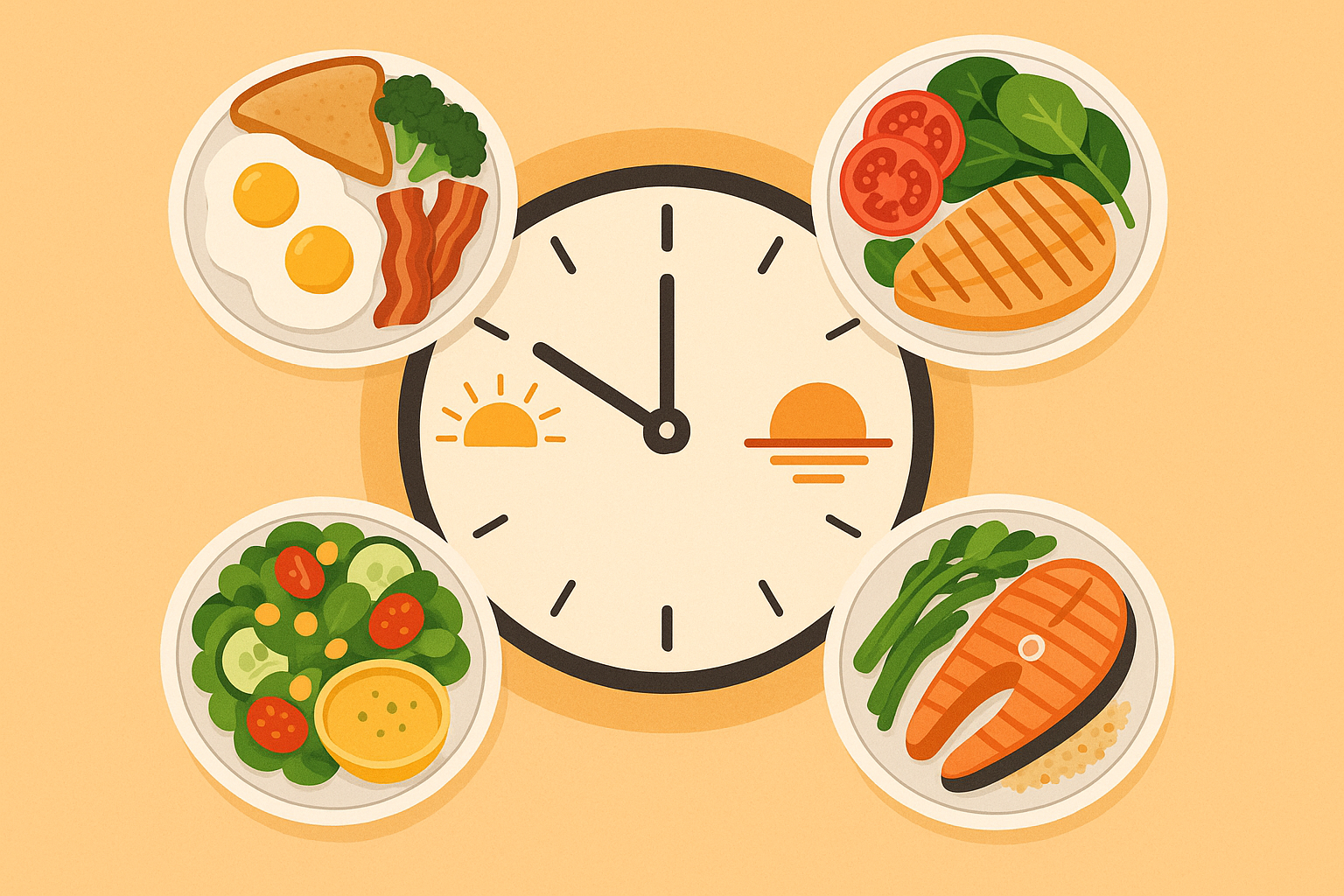
Morning: Your Body’s Natural Fat-Burning Time
Ever notice how you can skip breakfast and feel fine, but if you skip lunch you’re ready to eat your own arm? That’s because your body naturally releases hormones in the morning that help you burn fat for energy.
This is actually the perfect time to eat a bigger meal – around 600-800 calories with plenty of protein. Your body is primed to use it efficiently instead of storing it.
Protein in the Morning Changes Everything
I used to grab a muffin and coffee and wonder why I was starving by 10 AM. Now I start with 25-30 grams of protein, and I’m satisfied until actual lunchtime.
Starting your day with adequate protein (25-30g) during the cortisol peak maximizes muscle protein synthesis, enhances satiety throughout the day, and provides amino acids for neurotransmitter production. This strategic timing prevents afternoon energy crashes and reduces evening cravings.
Try this: 3 scrambled eggs with spinach plus some oatmeal with almond butter. It’s about 525 calories and 27 grams of protein, and it’ll keep you steady for hours.
Complex Carbs Work With Your Morning Hormones
Pairing complex carbohydrates with your morning cortisol peak provides steady glucose release that supports brain function without causing blood sugar spikes. This timing takes advantage of your body’s natural insulin sensitivity in the morning while avoiding the insulin resistance that develops later in the day.
Evening: Setting Yourself Up for Tomorrow
Your last meal of the day should be like tucking your body in for the night. This isn’t the time for a huge steak dinner – think more like 400-500 calories of foods that help you wind down and sleep well.
Foods with tryptophan (like turkey or pumpkin seeds) can actually help you sleep better, which means you’ll wake up with more energy and better hunger cues the next day.
Tryptophan for Better Sleep
Including tryptophan-rich foods in your evening meal supports serotonin and melatonin production for improved sleep quality. However, timing and food combinations matter – avoiding competing amino acids and including complex carbohydrates helps tryptophan cross the blood-brain barrier more effectively.
The Magic of Spacing Your Meals
Instead of grazing all day, try leaving 4-5 hours between meals. I know it sounds scary at first, but your body actually likes having time to digest and reset between meals. Plus, you’ll appreciate your food more when you’re actually hungry for it.
Using 4-5 hour gaps between meals within your 2200-calorie framework enhances metabolic flexibility by training your body to efficiently switch between glucose and fat burning. This approach improves insulin sensitivity, supports cellular autophagy, and optimizes digestive enzyme production for better nutrient absorption.
Intermittent Fasting Windows That Actually Work
Implementing 14-16 hour fasting periods while maintaining your 2200-calorie target during eating windows improves insulin sensitivity and cellular cleanup processes. This approach combines the metabolic benefits of time-restricted eating with adequate caloric intake to prevent metabolic slowdown.
| When | What For | How Much | Focus On |
|---|---|---|---|
| Morning | Fuel for the day | 500-600 calories | Protein + staying power |
| Midday | Keep energy steady | 600-700 calories | Balanced and satisfying |
| Afternoon | Prevent dinner cravings | 400-500 calories | Protein + veggies |
| Evening | Wind down | 400-500 calories | Easy to digest |
| After workouts | Recovery | 300-400 calories | Protein + quick carbs |
Simple Tricks to Get More From Your Food
Okay, this is where things get really interesting. I used to think that eating healthy foods was enough, but it turns out there’s a whole world of food combinations that can either help or hurt how well your body actually uses those nutrients.
It’s like having a really expensive car but putting cheap gas in it – you’re not getting the full benefit of what you paid for.
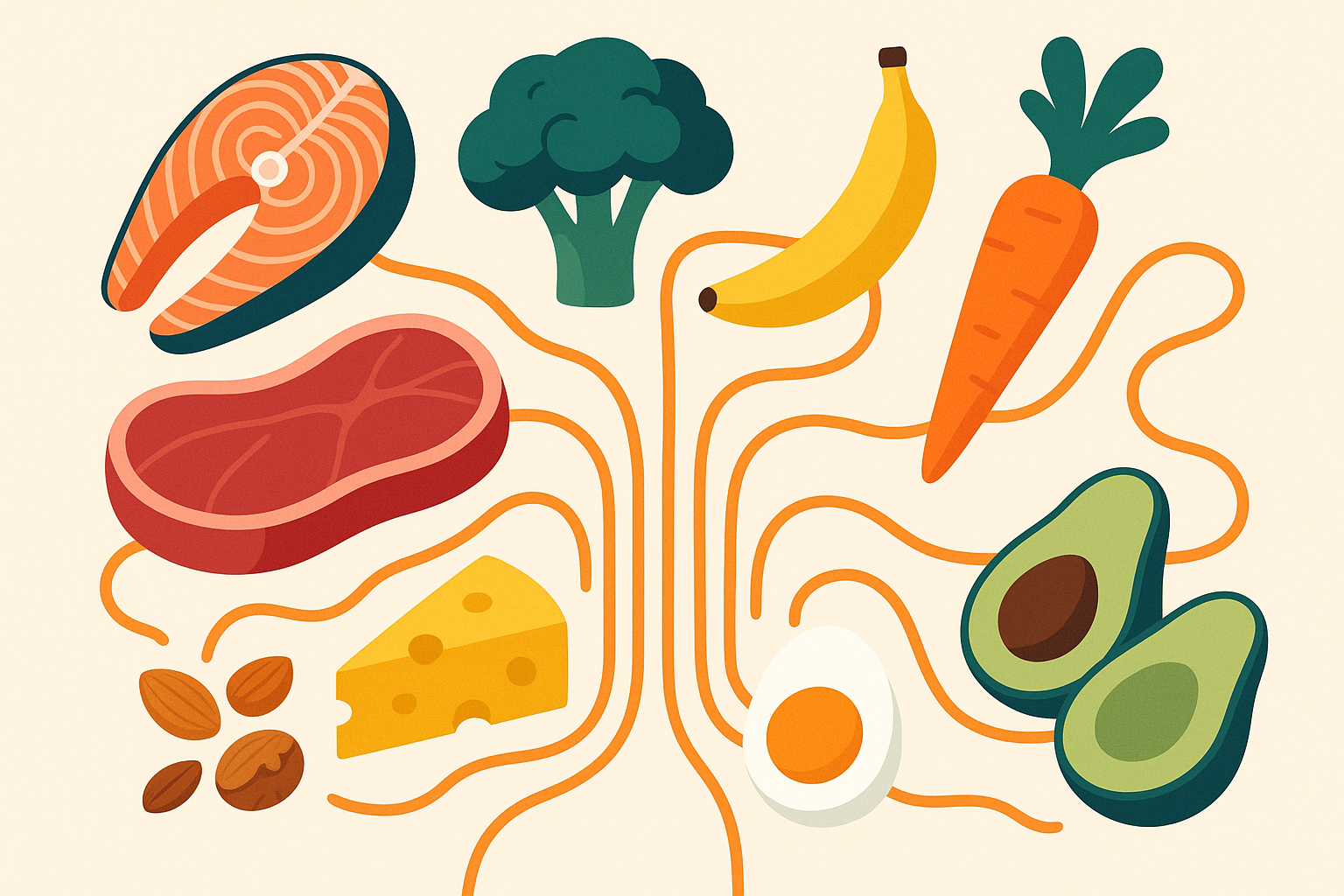
Some Vitamins Need Fat Friends
Vitamins A, D, E, and K are basically antisocial – they won’t get absorbed unless they have fat to hang out with. But here’s the thing: it doesn’t take much fat, and the timing matters.
A tablespoon or two of good oil, some nuts, or even half an avocado with your salad can make a huge difference in how much nutrition you actually get from those expensive organic vegetables.
MCT Oil: Your Absorption Helper
Using 1-2 tablespoons of MCT oil (120-240 calories) enhances fat-soluble vitamin absorption while providing immediate ketone energy for brain function. This strategic fat source bypasses normal digestion processes, making it ideal for nutrient enhancement without digestive stress.
Timing Fat-Soluble Vitamins Throughout Your Day
Spreading fat-soluble vitamin intake across meals with appropriate fat sources maximizes absorption since your body can only process limited amounts at once. This prevents waste and ensures consistent nutrient levels throughout the day.
The Coffee and Iron Problem
This one blew my mind. I was eating iron-rich foods and taking iron supplements, but my levels stayed low. Turns out, I was drinking coffee with breakfast, and the tannins in coffee block iron absorption.
Now I wait at least an hour after eating before having coffee, and my energy levels are so much better. Who knew?
Iron and Zinc: The Timing Game
Separating calcium-rich foods from iron sources by 2+ hours and including vitamin C with iron-containing meals dramatically improves absorption efficiency. Zinc absorption follows similar principles, requiring strategic timing away from competing minerals and fiber.
Magnesium’s Tricky Requirements
Magnesium absorption requires B6 for optimal uptake while high-fiber meals can interfere with absorption. Timing magnesium-rich foods appropriately and understanding these interactions prevents deficiency despite adequate dietary intake.
Preparation Methods That Actually Matter
Here’s something simple that makes a big difference: soak your nuts overnight. I know it sounds like something only health nuts do, but soaking almonds overnight and peeling off the skins increases magnesium absorption by 40%.
Same goes for beans and grains – a little soaking reduces the compounds that block mineral absorption. It’s like pre-digesting your food so your body doesn’t have to work as hard.
Soaking 1/2 cup raw almonds overnight and removing the skins increases magnesium absorption by 40% while reducing phytic acid that blocks mineral uptake. This simple preparation method transforms 165 calories of nuts into a more bioavailable nutrient source within your daily calorie budget.
Why Your Hunger Feels Out of Control (And How to Fix It)
For years, I thought I just had no willpower around food. Turns out, my hunger hormones were basically broken from years of yo-yo dieting and not eating enough. Once I understood what was actually happening in my body, everything started making sense.
Your hunger isn’t a character flaw – it’s your body trying to communicate with you using a language you might not understand yet.
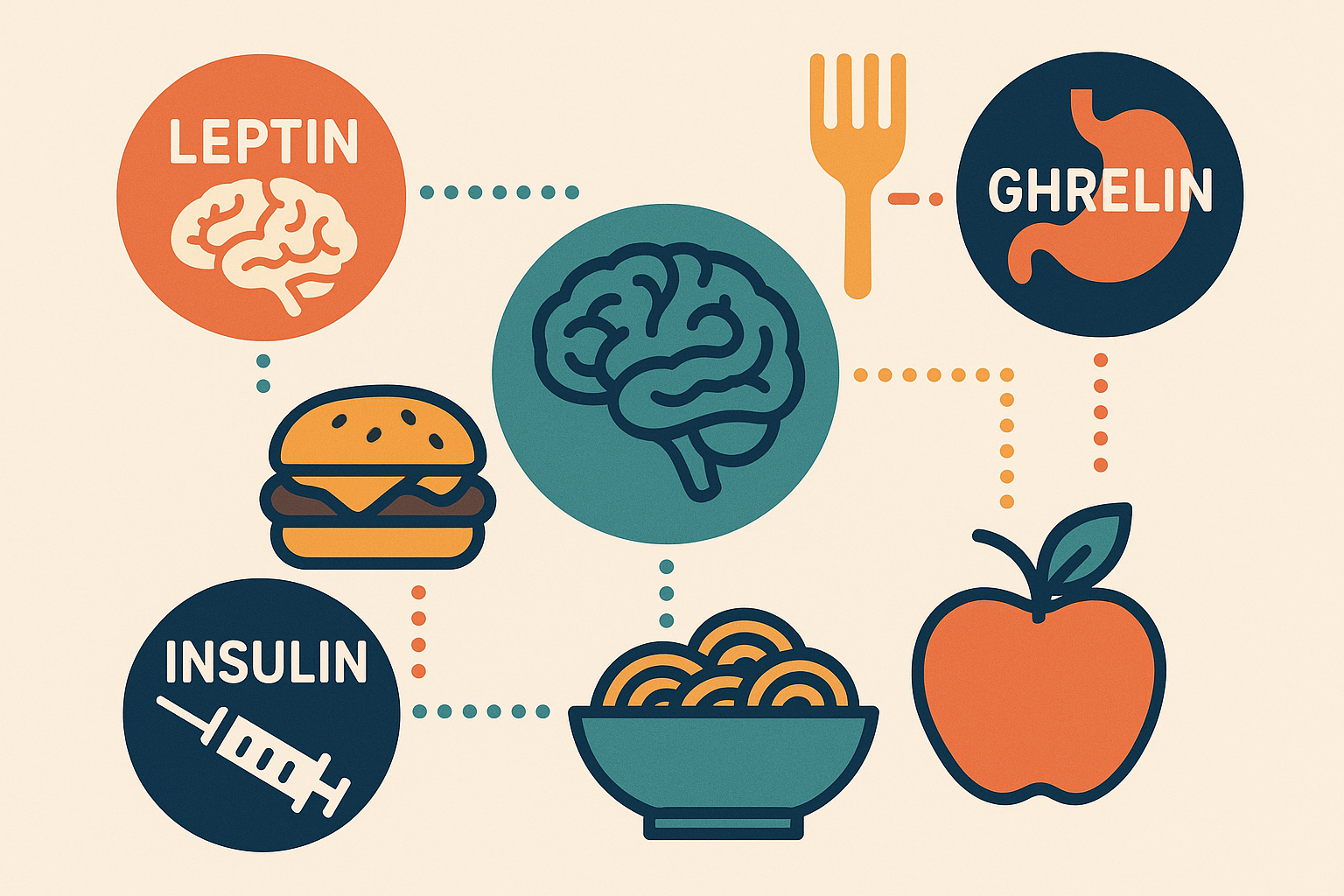
Your “Full” Signal Might Be Broken
There’s this hormone called leptin that’s supposed to tell your brain when you’ve had enough food. But if you’ve been dieting on and off for years, that signal can get scrambled. It’s like having a smoke detector that doesn’t work – your brain never gets the message that you’re satisfied.
The good news? Eating enough food consistently (hello, 2200 calories) can help reset this system. It takes time, but your body wants to work properly – it just needs consistent fuel to remember how.
The Weekly Reset Trick
One thing that’s helped me is having one day a week where I eat a bit more carbs – maybe 300-350 grams instead of my usual amount. It’s like hitting a reset button on your metabolism and keeping your body from thinking it’s in starvation mode.
Incorporating weekly higher-carbohydrate days (300-350g carbs) within your 2200-calorie limit resets leptin levels and prevents metabolic adaptation. This strategic approach maintains metabolic rate while providing psychological relief from dietary restrictions.
Protein is Your Appetite’s Best Friend
I used to think protein was just for bodybuilders, but it turns out it’s the most satisfying macronutrient. When I aim for about 25-30% of my calories from protein (that’s about 137-165 grams), I naturally eat less overall because I’m actually satisfied.
Maintaining 25-30% protein intake (137-165g) naturally regulates appetite through enhanced satiety signaling and reduced food cravings. This high protein approach leverages your body’s natural appetite control mechanisms, making adherence to your calorie target feel effortless.
Your Thyroid Runs the Show
Your thyroid is basically the boss of your metabolism, and it’s super sensitive to not getting enough food. When I was eating 1200 calories, I was cold all the time, exhausted, and my hair was falling out.
Giving your thyroid enough fuel keeps your metabolism humming along and prevents that sluggish feeling that makes you want to hibernate.
Unlike the restrictive nature of a 2000 calorie meal that can suppress thyroid function, adequate caloric intake supports hormonal balance and prevents the metabolic slowdown associated with chronic dieting.
Selenium and Iodine: The Dynamic Duo
Balancing selenium-rich foods with iodine sources while avoiding goitrogenic foods during the same meal supports healthy thyroid hormone conversion. This strategic nutrient timing optimizes thyroid function without requiring supplementation.
Preventing Reverse T3 Formation
Maintaining adequate carbohydrate intake (150-200g daily) and avoiding extreme cal oric restriction prevents the formation of inactive reverse T3 hormone. This ensures your thyroid hormones remain active and supportive of metabolic function.
Insulin Sensitivity: The Foundation of Everything
Insulin sensitivity determines how efficiently your body processes carbohydrates and stores or burns fat. Strategic meal timing, macronutrient ratios, and specific foods within your 2200-calorie plan can dramatically improve insulin function, leading to better energy levels, reduced cravings, and improved body composition.
When your cells respond properly to insulin, you avoid the energy crashes and constant hunger that plague people with insulin resistance. The key is creating meals that support rather than overwhelm your insulin response.
Your Gut Bacteria Are Pickier Than You Think
This might sound weird, but the bacteria in your gut actually influence what you crave. When I learned this, so much of my eating patterns suddenly made sense. Feed the good bacteria, and they’ll help you crave healthier foods. Let the bad ones take over, and they’ll have you wanting sugar and processed junk all the time.
It’s like having tiny roommates in your digestive system who get to vote on what you want for dinner.
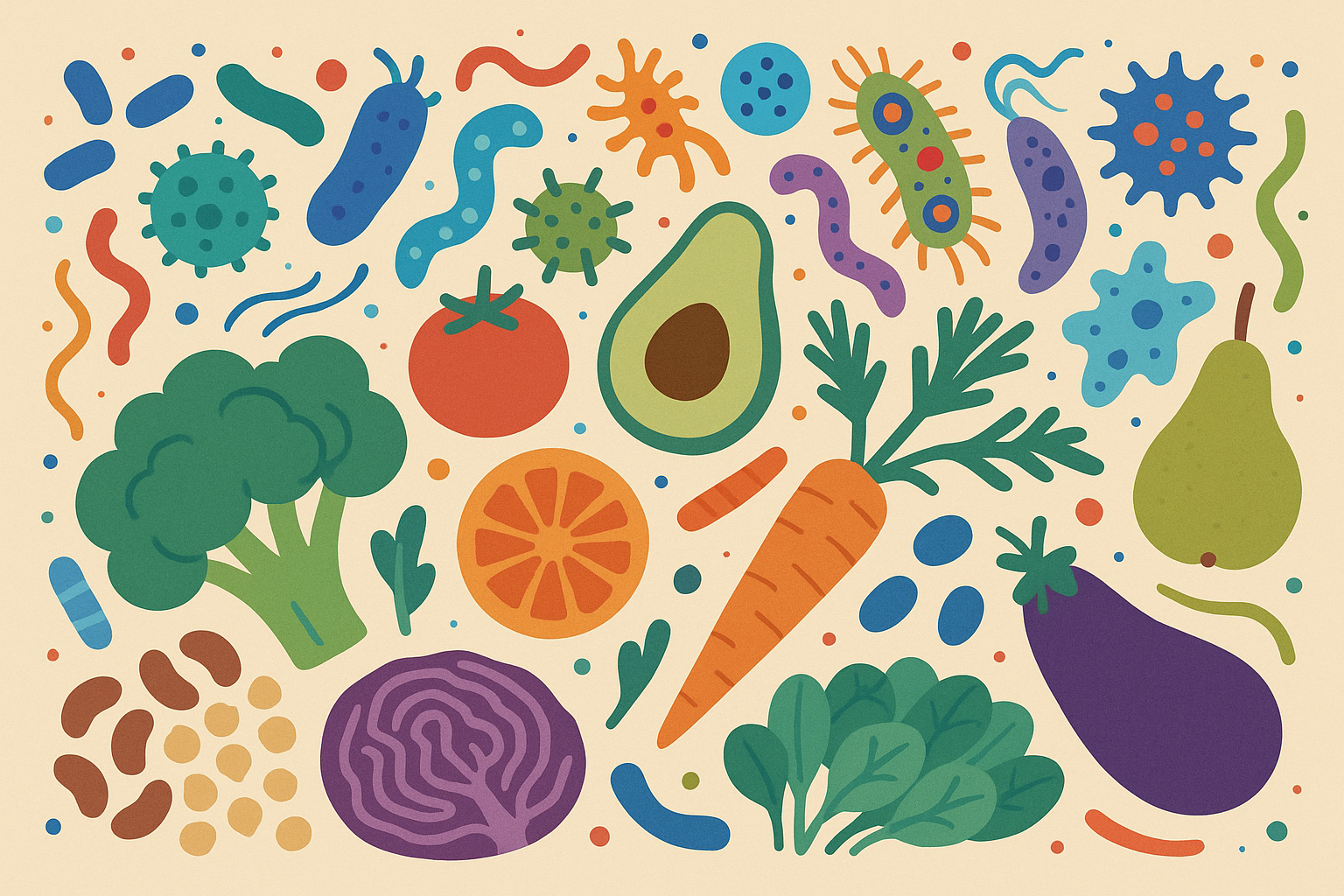
The 30-Plant Challenge
I know this sounds overwhelming, but try to eat 30 different plant foods in a week. Before you panic – this includes herbs, spices, nuts, seeds, fruits, and vegetables. Garlic counts. Cinnamon counts. That handful of mixed nuts? That’s like 4 different plants right there.
Different bacteria like different foods, so variety keeps everyone happy down there.
Resistant Starch: Food for Your Good Bacteria
This is basically carbs that your body can’t digest, but your gut bacteria love. Green bananas, cooled potatoes, and beans are great sources. The cool thing is, these foods actually feed the bacteria that help keep you healthy and can even improve your mood.
Alternating between different resistant starch sources like green bananas, cooled potatoes, and legumes feeds various beneficial bacterial strains without exceeding caloric targets. This strategic carbohydrate approach supports gut health while maintaining blood sugar stability.
Polyphenol Power: Antioxidants That Feed Bacteria
Prioritizing colorful, antioxidant-rich foods provides maximum polyphenol content per calorie, supporting beneficial bacteria while fighting inflammation. These compounds serve as prebiotics, selectively feeding good bacteria while inhibiting harmful strains.
The Gut-Brain Connection is Real
Your gut bacteria actually produce neurotransmitters – the same chemicals that antidepressants try to boost. When your gut is happy, you literally feel better mentally. I noticed my anxiety decreased significantly when I started focusing on gut health.
Understanding this connection becomes particularly important when transitioning from restrictive eating patterns, as gut health optimization can significantly impact your relationship with food and eating behaviors.
Fermented foods like kimchi, kefir, or even just a good yogurt can make a real difference in how you feel day to day.
Tryptophan Pathway Optimization for Mental Health
Balancing tryptophan-rich foods with B-vitamins while avoiding excessive branched-chain amino acids that compete for brain uptake optimizes serotonin production. This approach supports both gut health and mental well-being through strategic amino acid timing.
GABA Production: Natural Anxiety Relief
Including fermented foods and specific amino acids supports beneficial bacteria capable of producing GABA, a calming neurotransmitter. This natural approach to anxiety and stress management can reduce emotional eating and improve overall well-being.
Short-Chain Fatty Acids: Your Gut’s Healing Compounds
Emphasizing fiber sources that specifically produce butyrate, acetate, and propionate supports intestinal barrier function and reduces systemic inflammation. These beneficial compounds heal the gut lining, improve nutrient absorption, and support overall metabolic health.
| Food | What It Feeds | Calories | How Often |
|---|---|---|---|
| Green Bananas | Butyrate producers | 105 each | Few times a week |
| Cooled Potatoes | Beneficial bacteria | 130 medium | 3-4x weekly |
| Beans/Lentils | Diverse microbes | 115 per 1/2 cup | Daily if you can |
| Kimchi | Probiotic boost | 23 per 1/2 cup | Daily |
| Garlic/Onions | Prebiotic fiber | 40 per serving | Daily |
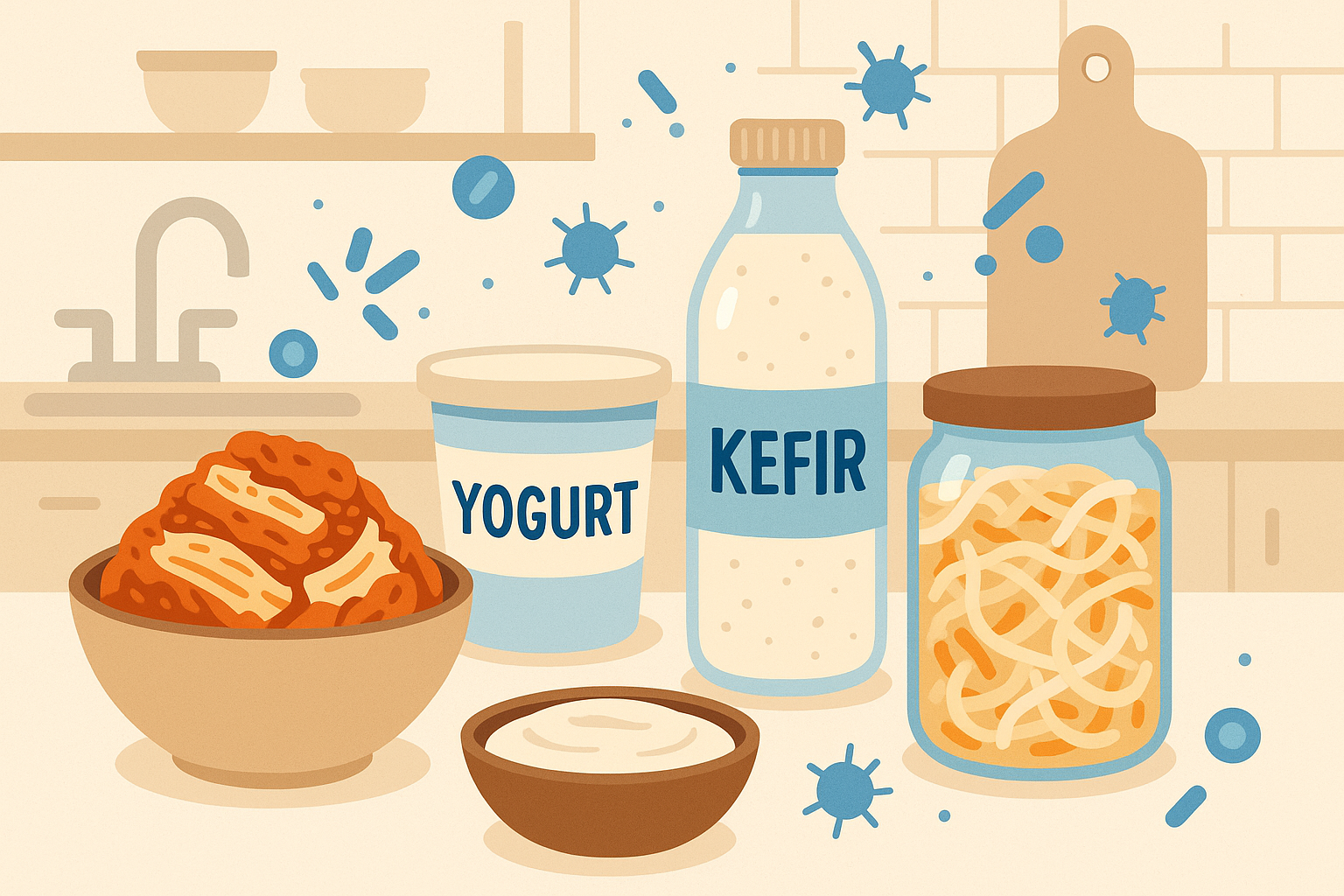
A typical gut-friendly day for me might include some kimchi with lunch (23 calories), a cup of kefir as a snack (150 calories), and lentils with dinner (115 calories). That’s only 288 calories but gives my gut bacteria a feast.
Is 2200 Right for You? Let’s Figure It Out
Here’s the thing – I’m not going to pretend that 2200 calories works for everyone. Your needs change based on how active you are, how stressed you are, how well you’re sleeping, and honestly, just where you are in life right now.
The key is being honest about what your body is telling you instead of forcing it into some arbitrary number because that’s what worked for your friend or some influencer online.
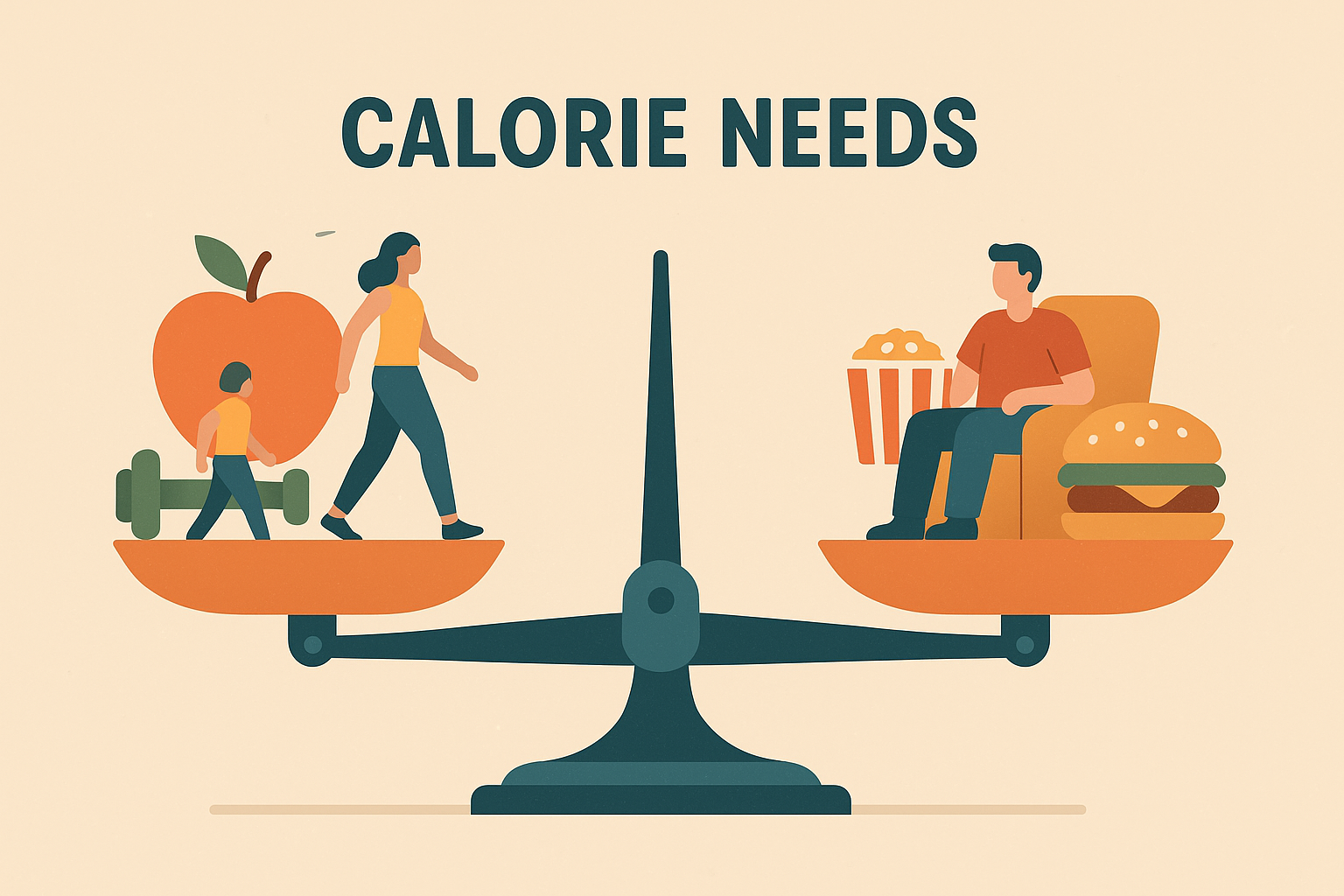
Listen to Your Body’s Signals
Your body is constantly giving you feedback – you just need to know what to look for. Are you cold all the time? That might mean you need more fuel. Exhausted even after a full night’s sleep? Same thing.
If you’re getting sick all the time, your period is MIA, or you’re obsessing over food, those are your body’s way of saying “hey, I need more resources up here.”
The Real Signs You Need More Calories
I wish I had known these signs years ago when I was under-eating:
- You’re always cold (like, wearing sweaters in summer cold)
- You think about food constantly
- You get sick every time someone sneezes near you
- Your workouts feel impossible even though you used to crush them
- You’re tired but wired – exhausted but can’t sleep well
- Your period decides to take a vacation (ladies, this is not normal)
- You’re cranky about everything (hangry is real)
If any of these sound familiar, your body might be trying to tell you it needs more fuel, not less.
Symptoms like irregular periods, poor sleep, constant fatigue, frequent illness, and intense cravings often indicate inadequate caloric intake. Recognizing these signs helps determine when increasing to 2200 calories could restore hormonal balance and improve overall well-being.
Activity Level: The NEAT Factor
Non-Exercise Activity Thermogenesis (NEAT) varies dramatically between individuals and significantly impacts caloric needs. Understanding your daily movement patterns, occupation, and lifestyle factors helps determine whether 2200 calories supports your energy expenditure or exceeds your needs.
Using precise formulas that account for basal metabolic rate, exercise, and daily activities provides accurate caloric needs assessment. This calculation helps determine if 2200 calories aligns with your individual energy requirements for optimal function and body composition goals.
When 2200 Makes Perfect Sense
You’re probably a good candidate for 2200 calories if you:
- Actually move around during the day (not just formal exercise)
- Are trying to build muscle or maintain what you have
- Are recovering from years of restrictive dieting
- Are going through a stressful period and need extra fuel
- Are an athlete or very active person
- Have a naturally faster metabolism (lucky you)
When You Might Need Less
Look, I’m not going to sugarcoat this – some people genuinely do better on fewer calories:
- If you’re very sedentary and have a desk job with minimal movement
- You’re quite small in stature
- You’re in a short-term fat loss phase (emphasis on short-term)
- You have certain medical conditions that require supervision
- You’re older and your metabolism has naturally slowed down
For those with specific body composition goals, understanding individual carb tolerance within your caloric framework becomes essential for optimizing results.
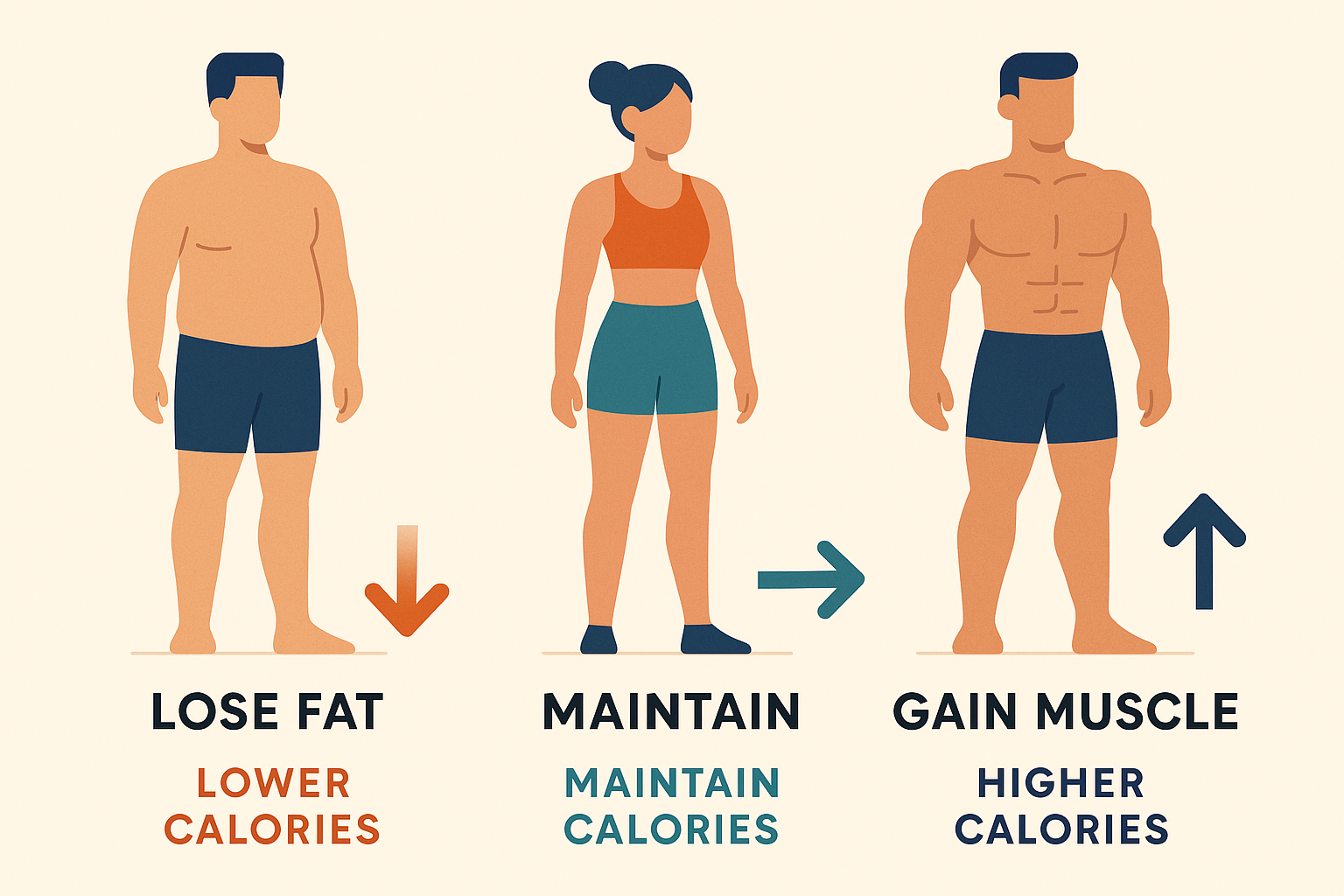
Quick Reality Check:
- Track how you feel for a week, not just the scale
- Notice your energy at different times of day
- Pay attention to your sleep quality
- Check in with your mood and stress levels
- See how your workouts feel
- Be honest about your actual activity level
2200 Calories Usually Works When:
- You’re active throughout the day
- You’re coming off restrictive dieting
- You want to build or maintain muscle
- You’re stressed and need extra support
- You’re training regularly
- Your metabolism runs hot
You Might Need Less When:
- You’re mostly sedentary
- You’re petite with lower energy needs
- You’re doing a short fat loss phase
- You have medical restrictions
- You’re in a temporary metabolic break phase
Have you been white-knuckling it on 1200 calories and wondering why you feel terrible? Sometimes your body is literally screaming for more fuel, not less. If you’re dealing with digestive issues or looking to optimize your gut health alongside your meal planning, Organic Authority’s marine-sourced collagen and plant-based supplements can help fill nutritional gaps while supporting the gut health principles outlined in this comprehensive approach. Their rigorously tested products align perfectly with the bioavailability optimization strategies we’ve discussed.
For additional support in your wellness journey, consider exploring marine collagen peptides that can complement your meal planning efforts while supporting overall health and recovery.
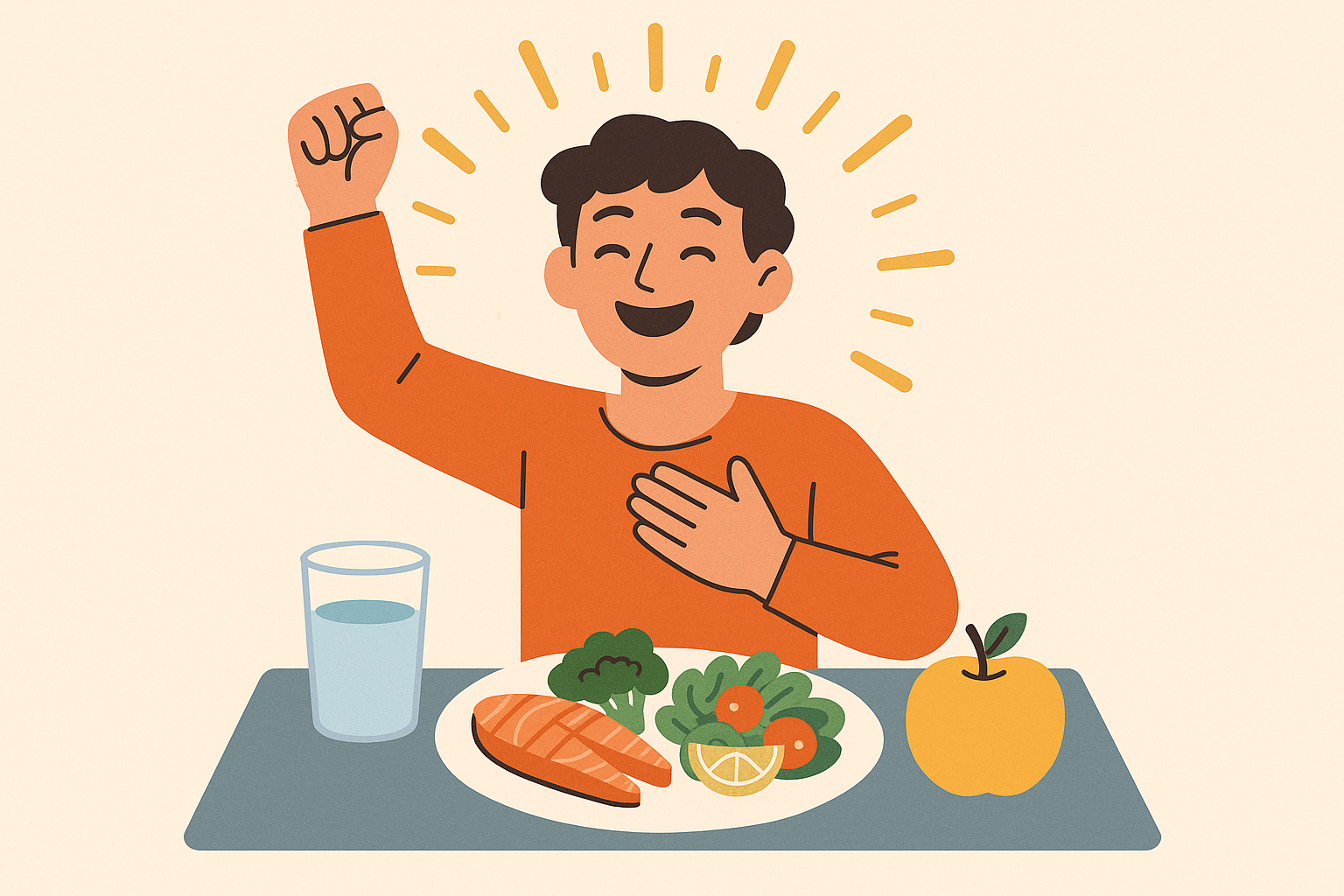
The Real Talk
Look, I’m going to be straight with you – this isn’t about finding the perfect meal plan and never struggling with food again. It’s about working with your body instead of against it, and that takes some trial and error.
Some days you’ll nail the timing and feel amazing. Other days you’ll eat cereal for dinner and call it good. That’s not failure – that’s being human.
The 2200-calorie approach isn’t magic, but it gives you enough room to breathe. Enough calories to think clearly, enough flexibility to have a social life, and enough fuel to support all the amazing things your body does for you every day.
Your relationship with food doesn’t have to be complicated, but it should be informed. The difference between success and frustration often comes down to working with your body’s natural systems rather than against them. When you understand how your circadian rhythms, gut bacteria, and hormones influence your hunger and energy levels, meal planning becomes less about restriction and more about optimization.
The 2200-calorie approach isn’t just about the number – it’s about creating sustainable eating patterns that support your long-term health and well-being. Whether you’re timing your meals with your cortisol peaks, feeding your gut bacteria with diverse plant foods, or strategically combining nutrients for maximum absorption, you’re building a foundation for lasting success.
Remember, your body is incredibly intelligent – it just needs the right information and adequate fuel to function optimally. The extra 200 calories might seem small, but they create space for flexibility, prevent metabolic slowdown, and support the psychological sustainability that makes healthy eating feel natural rather than forced.
Start small. Maybe try eating a bigger breakfast with more protein. Or add some fermented foods to support your gut. Pick one thing that resonates with you and see how it feels.
Your body wants to work with you – it’s been trying to communicate this whole time. Maybe it’s time to start listening.

